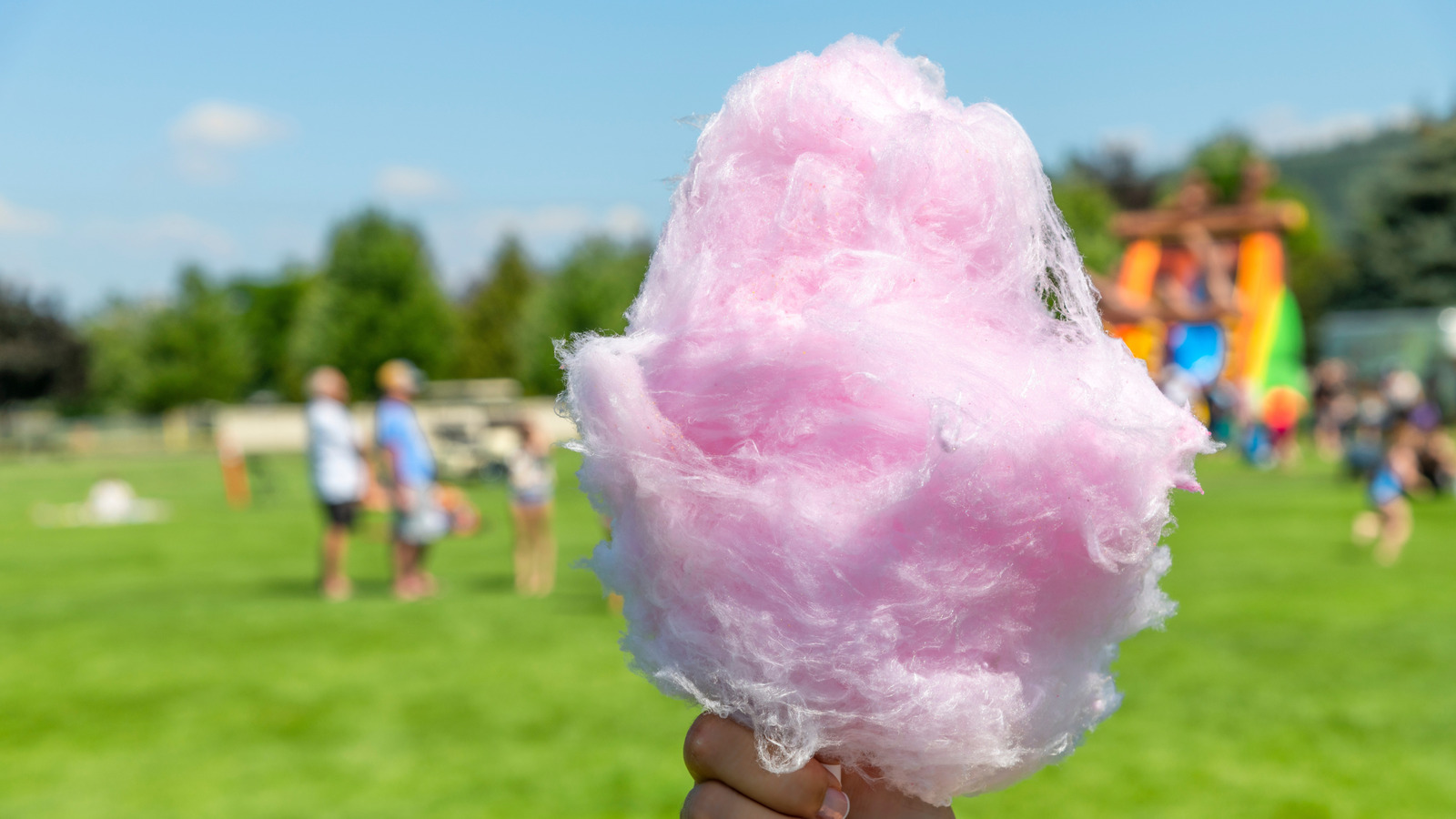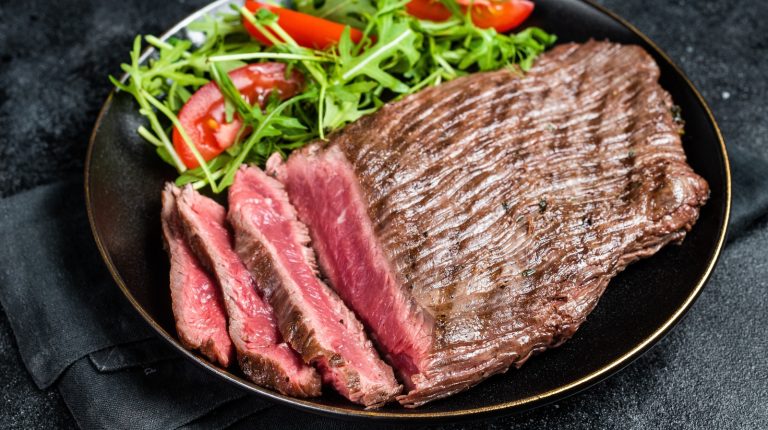We may receive a commission on purchases made from links.
No trip to a carnival or circus is complete without picking up a bag of cotton candy. If you’re a traditionalist, you can even watch it get spun onto a cone right before your eyes. Bright blue or pink, or most any other color you can think of, this treat has been delighting adults and children alike since a dentist helped create it back in 1897. But have you ever stopped to consider what it’s even supposed to taste like? For a product that is almost nothing but sugar, it has a lot more nuance than you might think. Indeed, it’s such an easily recognizable flavor that you can get countless other things that are cotton candy-flavored, even sweet cotton candy grapes.
Originally, cotton candy was sugar and nothing else. The end product was soft, white, melt-in-your-mouth strands of caramelized sugar with no added frills. It wasn’t until years later that people added the ubiquitous colors and even some additional flavoring agents. Our current cotton candy flavor is not a natural flavor by any means. Instead, it’s created from chemical additives in the sugar, which include ethyl maltol, some kind of fruit ester such as strawberry furanone, and vanillin. The result is a confection with notes of caramel, fruit, and, of course, an overall sweetness.
What are the compounds that make up cotton candy flavor?
Vanillin is the compound in vanilla that gives it that signature vanilla taste. It’s a pretty simple one, and comes from vanilla, but it can be made synthetically, too. Strawberry furanone is an organic compound that Danish chemist and perfumist Steffen Arctander initially described (via Fragrance University) as being “intensely caramellic-fruity.” It’s known for bringing those delicious fruit-flavored notes to whatever it’s added to.
The final piece of the sweet puzzle is ethyl maltol, which is a synthetic compound similar to maltol. Maltol is a flavor enhancer that is known for having a burnt sugary aroma. Like strawberry furanone, this adds to that caramel-like flavor note that you get in cotton candy. Because it is a flavor enhancer, it bulks up that taste in the sugar itself, which develops that rich caramelization as the cotton candy is heated and physics and chemistry cause it to become fluffy.
Alongside the other two additives, this creates what we have come to associate with being the taste of cotton candy. Keep in mind, this is just the most basic form of of the airy treat. Someone making cotton candy can add any additional flavors and colors they like, as is the case with this multi-flavored rainbow cotton candy by Unicornucopia. The color itself can change your perception of what it tastes like; but it’s worth knowing that, traditionally, the colors don’t have any flavor at all and shouldn’t affect the way it tastes when you eat it.





